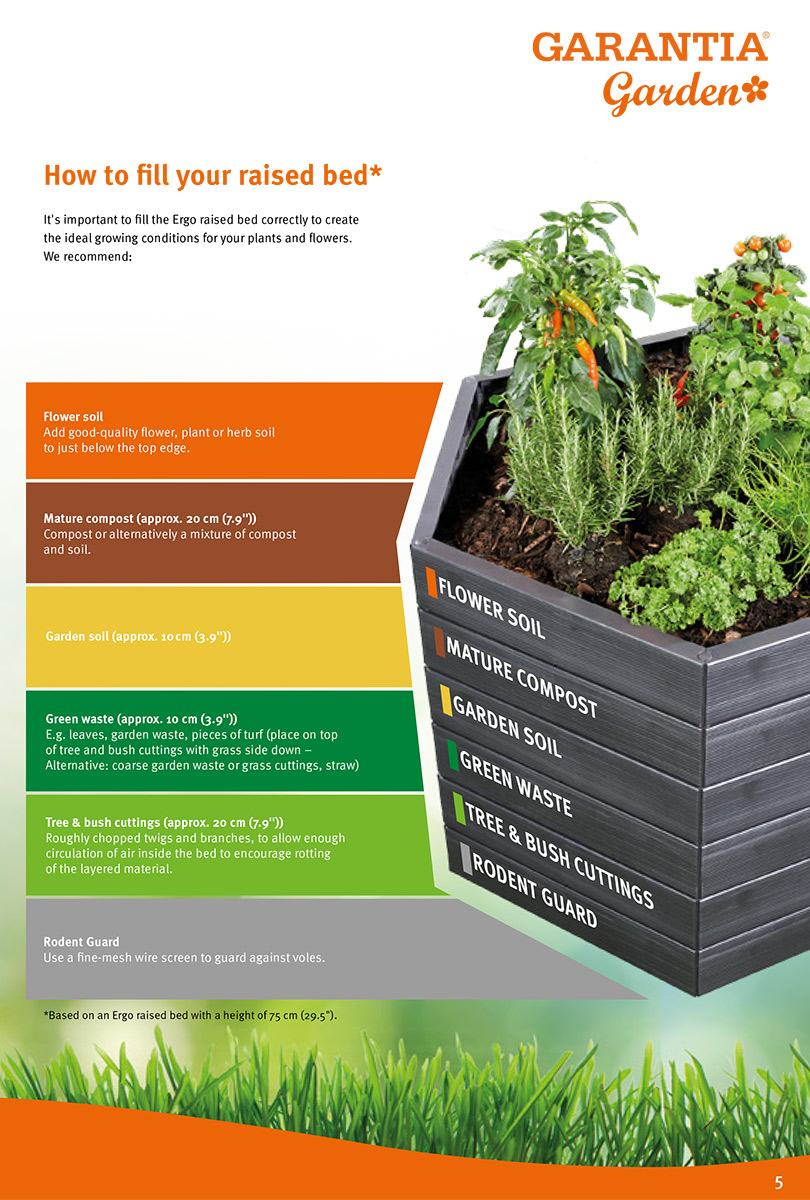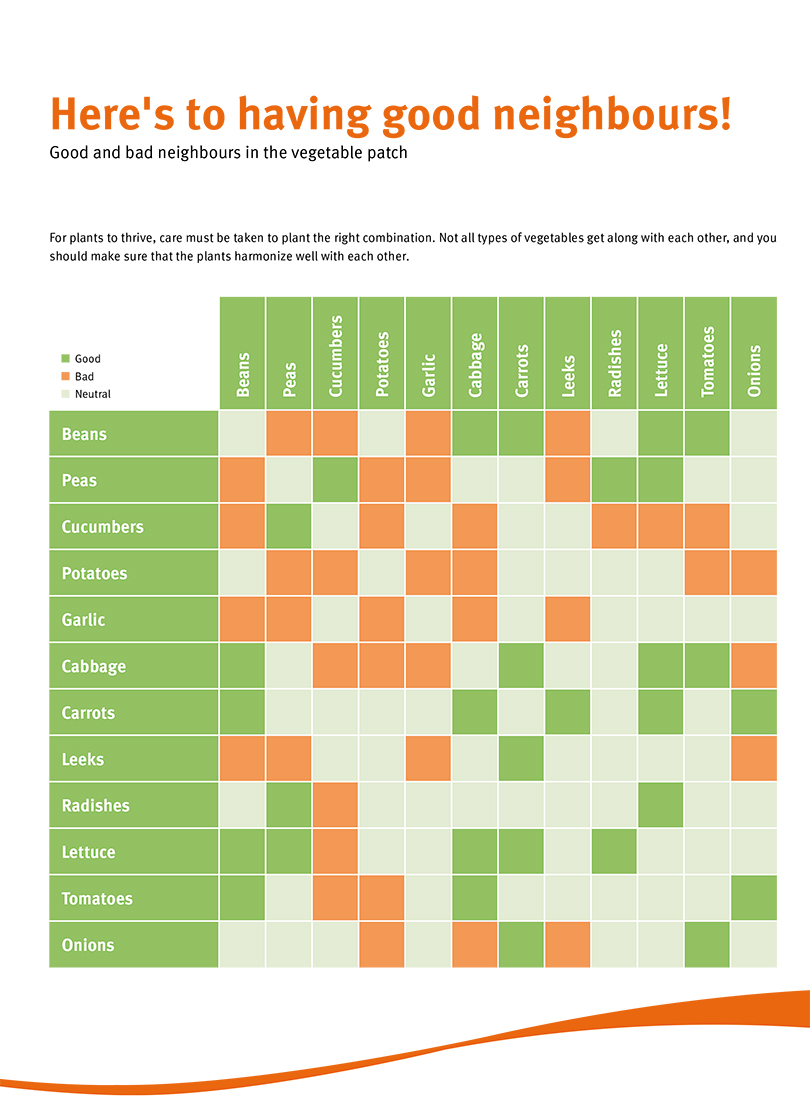How to fill your raised bed correctly
A raised bed is not only good for your back, your plants also enjoy the special treatment provided by the different layers and the pleasant soil temperature. To ensure that the plants in your new raised bed thrive, it must be properly layered. We will show you layer by layer how to achieve an optimal layer with sufficient nutrients in our Ergo raised bed, for example.
When is the best time to fill your raised bed?
You should start filling the raised bed in autumn, because this is when most green waste and leaves are usually available. You can use these two components directly for two layers, so that you don't have to fill the entire raised bed with high-quality potting soil. At the same time, a positive decomposition process takes place in the lower part of the raised bed, which supplies your plants with important nutrients. In addition, the piled-up material will sink a little at the beginning, so you can add some soil in spring and the raised bed is ready for planting.
Filling a raised bed in the right way is important because the different organic materials used to fill a raised bed trigger a process of humus formation. This supplies the soil in the raised bed with important nutrients from the inside out over several years.
We recommend the following layers
- Once you have built your raised bed, you should first lay out a close-meshed wire mesh to protect against voles, for example. We recommend attaching this all around your raised bed.
- After that, a large part of the bed height is filled with a layer of trees and shrubs. You can roughly chop the branches here so that the raised bed is sufficiently permeable to air and thus promotes the rotting of the piled-up material. If you want to avoid weeds, you can lay a weed-proof fleece between the layer of the mouse protection mesh and the shrub layer. This prevents weeds from penetrating from below.
- The third layer consists of green waste such as leaves, garden waste or sod. Alternatively, you can also use hay, chaff or fine prunings. After this layer, you should compact the contents well, as they will rot over time and thus collapse.
- The fill material in the raised bed will now become increasingly finer towards the top, because there will now be an approximately 10cm layer of garden soil (depending on the height of the raised bed) on top.
- It is best to add mature compost after this layer.
- The top layer is filled with fine garden soil and mature fine compost.
To speed up the rotting process and release the nutrients in an optimal way, it is advisable to let the filled raised bed rest for a few weeks before you start planting. This allows the organic material to continue to break down and the nutrients to be better distributed.
We hope you enjoy planting your raised bed with different types of vegetables and herbs. If you would like to know more about the sowing and harvesting times of the different vegetable varieties, our planting calendar can help you:



